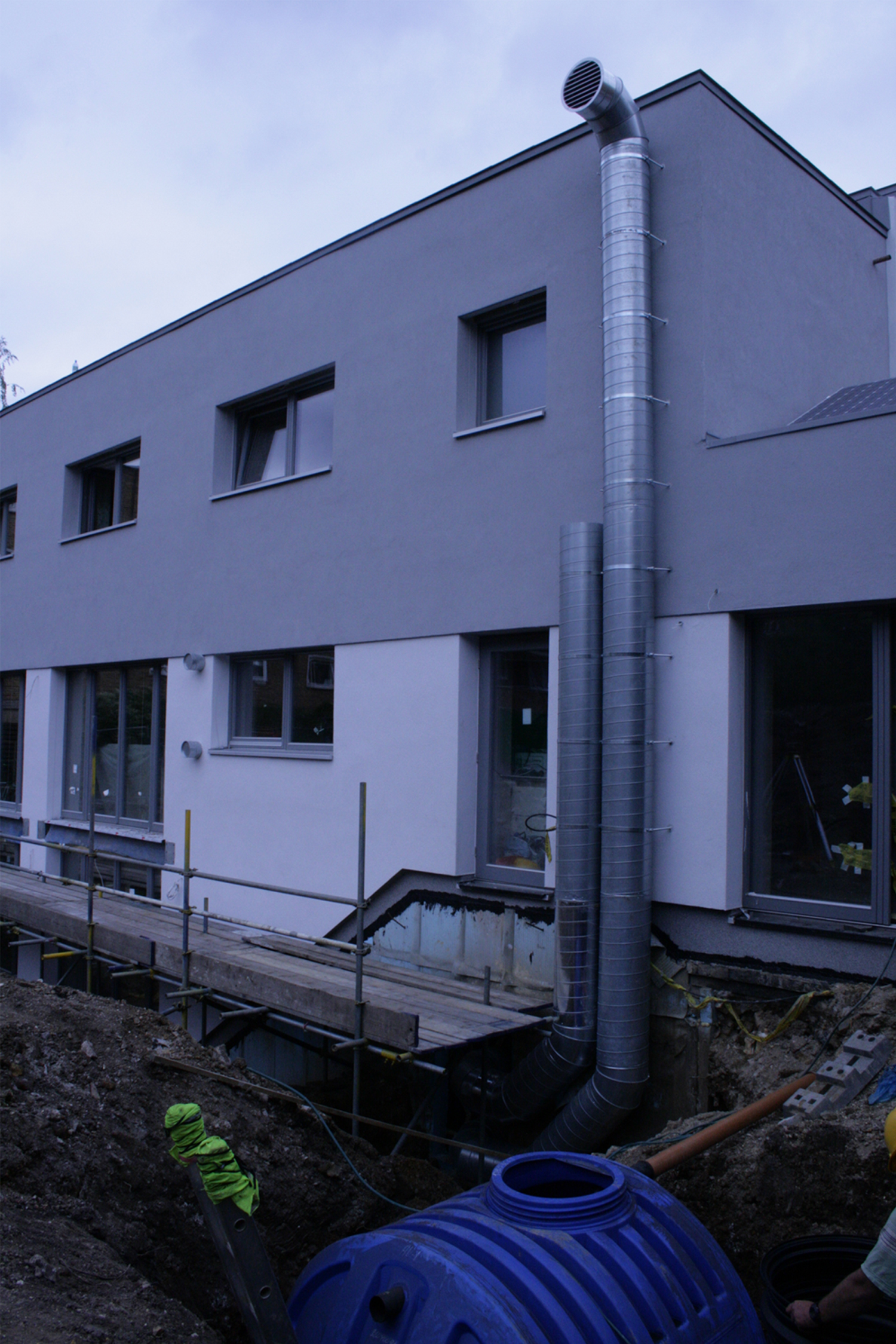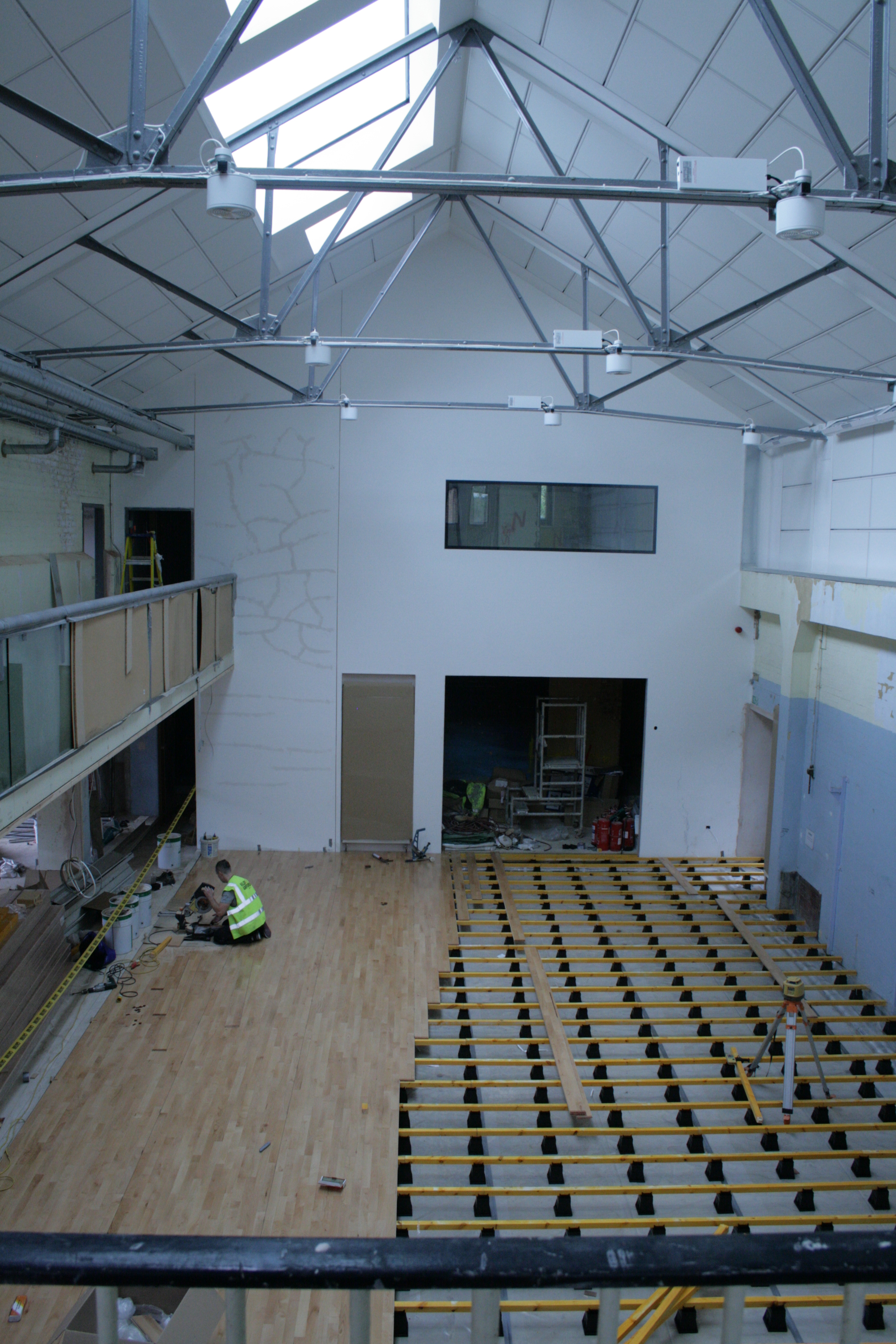It has just been announced that two more of bere:architects’ projects have been awarded funding to undergo two years of research and monitoring as part of the Technology Strategy Board’s Building Performance Evaluation programme.

Our Camden Passivhaus, London’s first Passivhaus, and The Mayville Community Centre, set to be UK’s first full Passivhaus, non-domestic retrofit project, are two of the sixteen domestic and non-domestic projects from across the UK to win a slice of the £1 million budget available in this third round of Technology Strategy Board funding.
The goal of these in-depth studies is to inform the construction industry’s understanding of the performance of different building types, design strategies, construction methods and occupancy patterns and the relative contribution of various factors to a building’s eventual overall performance. This understanding will help ensure that the construction industry meets the government’s target of all new domestic buildings being carbon-neutral by 2016 (2019 for non-domestic).
It is not unusual to find a sizeable discrepancy between the predicted energy performance of a building and its actual performance in use. There are a variety of reasons for these differences from the initial design and modeling tools used, through the build process, to the handover and the subsequent understanding and motivation of occupants: the Technology Strategy Board Building Performance Evaluation studies will examine each of these stages, highlighting areas for improvement and innovation.
The Camden passivhaus project, which was awarded funding for six months of monitoring in January this year, will now be monitored for a further two years. The initial post completion and early occupation study, which started on the 31st January 2011, is already providing data to demonstrate that the house is performing extremely closely to its design intentions. The monitoring has also raised some interesting issues which we look forward to now investigating further in the next phase of the monitoring.

The outcome of the research will have additional importance if it provides in-use evidence to support the outcomes of the UK’s Zero Carbon Consultation which has concluded that the Spec D house (labelled Passivhaus equivalent) is one of only two building types that offer a suitable and cost-effective way of achieving the UK’s Carbon Compliance target for 2016.
The Mayville Community Centre (a full passivhaus retrofit) will also be monitored for two years and will include a study of the building’s handover period following the ‘soft landings’ programme; an aftercare programme for occupants; actual energy usage metering; TM22 reporting; and a full review of the design and construction phases. The lessons learnt from this deep passivhaus retrofit of a Victorian building will be widely applicable to the retrofit of larger Victorian and post-war solid-walled buildings throughout the UK, including multiple-occupancy housing. It is important that this building is carefully monitored and the results fed back to the design and construction team as part of a learning loop, and disseminated throughout the construction industry and local authorities. It is likely that high quality retrofits, as opposed to demolition, will become increasingly favoured for numerous reasons. The independently managed research will help determine whether this type of retrofit can be considered an achievable and replicable approach to deal with an important and significant percentage of the existing UK building stock.
